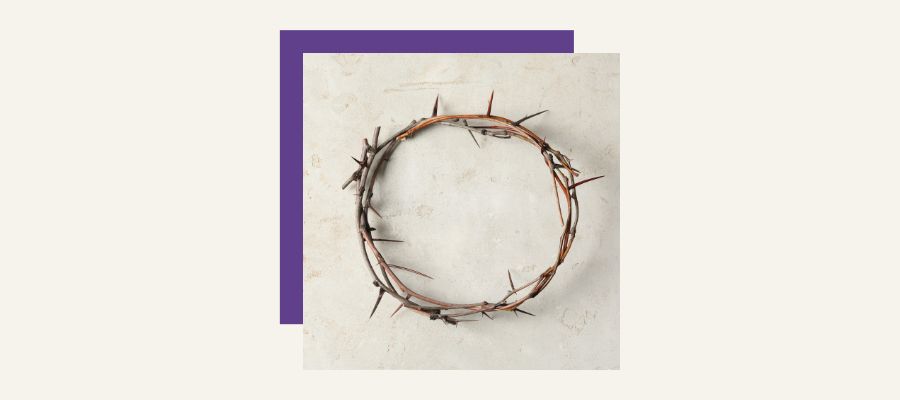
In 2021 one of the unintended consequences of the pandemic was that the Boyle lecture was streamed live to the world. This lecture was delivered by Prof. Mcleish (who recently died –see facebook). It was entitled “The Rediscovery of Contemplation Through Science
This blog is a summary and application of McLeish’s lecture and a tribute to his brilliant contributions and a noting of his untimely passing. Mcleish’s big theme is wisdom, that wisdom is gained in many ways. Science has developed a particular scientific method and a very specific rules-based way of doing this observation. But humans have always observed and tested the world. Religion is also a form of wisdom, with associated practices, rituals, prayers, Scriptures, and re-enactments that have accumulated deep and holistic understandings of humans in relationship to God and spirit. And in an environment of controversy over Mātauranga Māori, we have to say that deep wisdom and knowledge were and are gained by our non-scientific ancestors, and in our everyday lives, and by indigenous populations today. We crossed the species boundary, and survived and flourished on that wisdom for close to 200,000 years or more, if not a lot longer.
This reminder is particularly pertinent right now in the Church’s season of Lent as we participate in and contemplate the deep mysteries and miracles of faith: the healings of Jesus in his working life and the resurrection from the dead, all of which are easy casualties of an evidence-based only view of the world. Mcleish helps us to navigate all that.
Everything recounted in the gospels is anecdotal and one-off. By that measure, even if they happened yesterday, there is no objective way of knowing that the man cured by Jesus really had leprosy or that another really was blind, or that the woman who touched him truly had an unstoppable flow of blood. There is only the gospels’ evidence that they were healed. And the eyewitness accounts of the resurrection are 2000 years old. Easy enough to doubt, if science is your standard.
Miracles have therefore fallen out of fashion with many people who prefer a science-based way of approaching life. I think this is mistaken and the Boyle lecture casts a lot of light on this conundrum. McLeish talks about four big (wrong) turns or movements that science has effected in our everyday interactions with the world.
The first point that Mcleish made is that science works by simplifying our sensory input and detaching us from our object of study. He discusses how distance from an object of study will either give us information or only noise. For instance, we need some distance to appreciate the intent of an impressionist painting. Working out that distance and simplification could give us useful information about the world was one of the great achievements of science. But there is always something sacrificed, and that is deep participation and relationship. Science forgets that it operates by simplification; brains are good at this. We fill in the gaps and confabulate when necessary. All very powerful for getting science done, but dangerous as an overall view of life, which this quickly becomes. As Iain McGilchrist has powerfully argued, humans know most truly and fully when both modes of perception are engaged (The Master and his Emissary: The Divided Brain and the Making of the Western World, 2012).
Many healing arts require the opposite, immersion in the life of the one being healing. That was how Jesus did it. He knew and healed by deep participation and relationship. That is why Jesus always cured one person at a time. And only when a person asked. He didn’t go around blessing and curing whole neighbourhoods. His healing was in this way less powerful than modern medicine.
We now know that healing can happen like this. Mind is very powerful. Some people can heal by touch or by a word, in modalities like reiki or hot hands or by prayer. These forms of prayer are never able to be systematized or universalized, as is the norm in science. They come out of relationships and touch. They can be draining for the healer. There always have been these healers and there were others in Jesus’ time.
Science works the other way and in that sense is much more powerful, but it exerts a cost. We had some hope of curbing the worst affects of covid-19 by mass vaccination. Scientists detached themselves from the virus in labs, worked out its genetic profile, the shape of its spike and devised really ingenious methods for creating a vaccine. All by abstraction, simplification and experiment. The cost, however, is often that this is our default way of interacting with the world, and other forms of evidence are downvalued.
Jesus was not contravening science, nor really our credibility by healing. He was showing the depth of his powerful presence with us and for us. The precursor to salvation. We can see this only if we realize that however powerful science is it does simplify and it isn’t comprehensive. As in all human endeavours what we don’t see is obscured from our attention and is then downgraded in value. The downgrading has been a progressively intensified form of objectification of human means of knowing since the Enlightenment. The simplification also leads to the much-critiqued specialization of Western science. Older forms of healing also depended on pattern recognition and the wisdom built up over generations of observation and knowledge of plants, and was more holistic than our medicine is today. These forms of knowledge, together with our trust in our own senses and observations, are threatened by science because it tends to displace our everyday skills.
The second point Mcleish made is that science often emphasises the scientific method as something predictable and almost mechanical. But at various points in the process, it relies on imagination. No experiment gets going without imagination, for instance – an idea that two things might be related, imagining how to test them, and then imagining what it all means at the end. Mcleish argues that in the middle ages imagination was understood to be an important way of integrating sense data and contributing to the human task of reason. Imagination is common to religion, art, music, love and to science. But science can be almost embarrassed about the role of imagination, as though the experimental aspect trumps everything else in the end. It doesn’t, and in fact imaginative leaps are often taken out of a more holistic view of the world. McLeish worries that young people are put off science because they think there is no room for their imagination.
But healing also requires imagination. The person being healed must really want it. They must imagine their life in a completely new way, and often with a change in support structures and social status. For someone suffering from chronic or long standing disease it can be hard to imagine being well again, and hard for healers to do so also. Jesus was so compassionate that he could imagine new life and health and even eternal life for everyone he met.
This brings me to the third point that Mcleish made. Science has turned our everyday skills in pattern recognition and observation into a professional occupation alone. I think that is one of the reasons that science is under suspicion in many sectors of society. People are told they have to believe the science. And they wonder what has science ever done for them. Scientists seem to be the elite, though Ashley Bloomfield has done a marvelous job of humanizing that image, as has Siouxsie Wiles. But it is sobering to remember that Jesus was not a professional. He was not a professional religious authority and he was not a professional healer. And although science is now a high-status profession it draws upon the very commonly endowed human skills of pattern recognition and close observation, together with imagination. McLeish would want to connect contemporary science to these common traits and not separate science unnecessarily from the common person.
And last in this list Is where McLeish brings it all together and argues that contemplation is key to both science and faith because the contemplative gaze allows us to see beneath the surface. And yet we often don’t see these connections. Jesus healed because he could see beneath the surface, beneath the surface of the poor leper who cried out for help. Spiritual senses are needed for this deep form of knowing. Many mystics speak about seeing the realm of glory which is just beneath the surface of the visible world. Many meditation exercises invite us to imagine the light filling us up. Most of us find this very hard, and no doubt harder for all our training in scientific distancing. Jesus too would have seen this, and would have invited the glory—which is healing and love — inherent already in the world, in to heal and bring wholeness.
Mcleish wants us to understand that intellectually science and faith are not at odds. They have common components of wisdom – pattern recognition and imagination. But faith is deeply participative, while science simplifies and distances itself from its object. Though in any given person all of these modalities might be present at once. They certainly were for Mcleish who was moved beyond words at the beauties he glimpsed from the physicist’s view of matter, and the extraordinary capacities humans have evolved to see beneath the surface of things.



